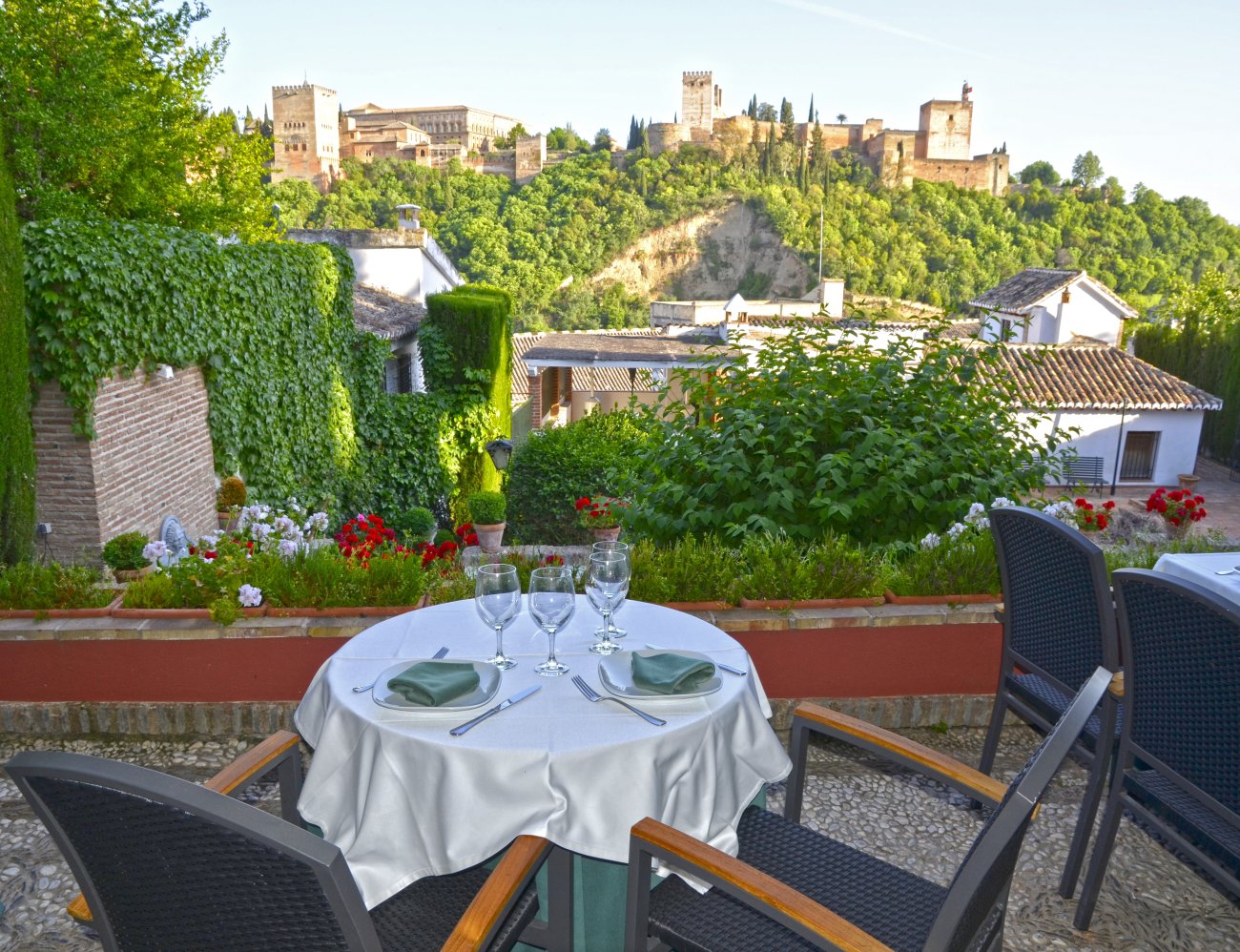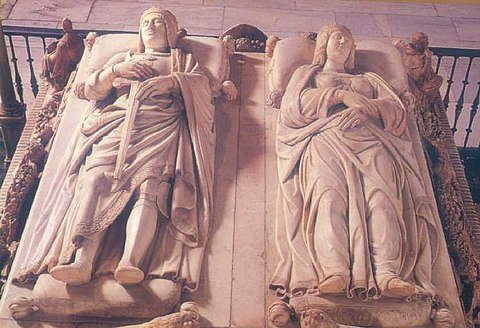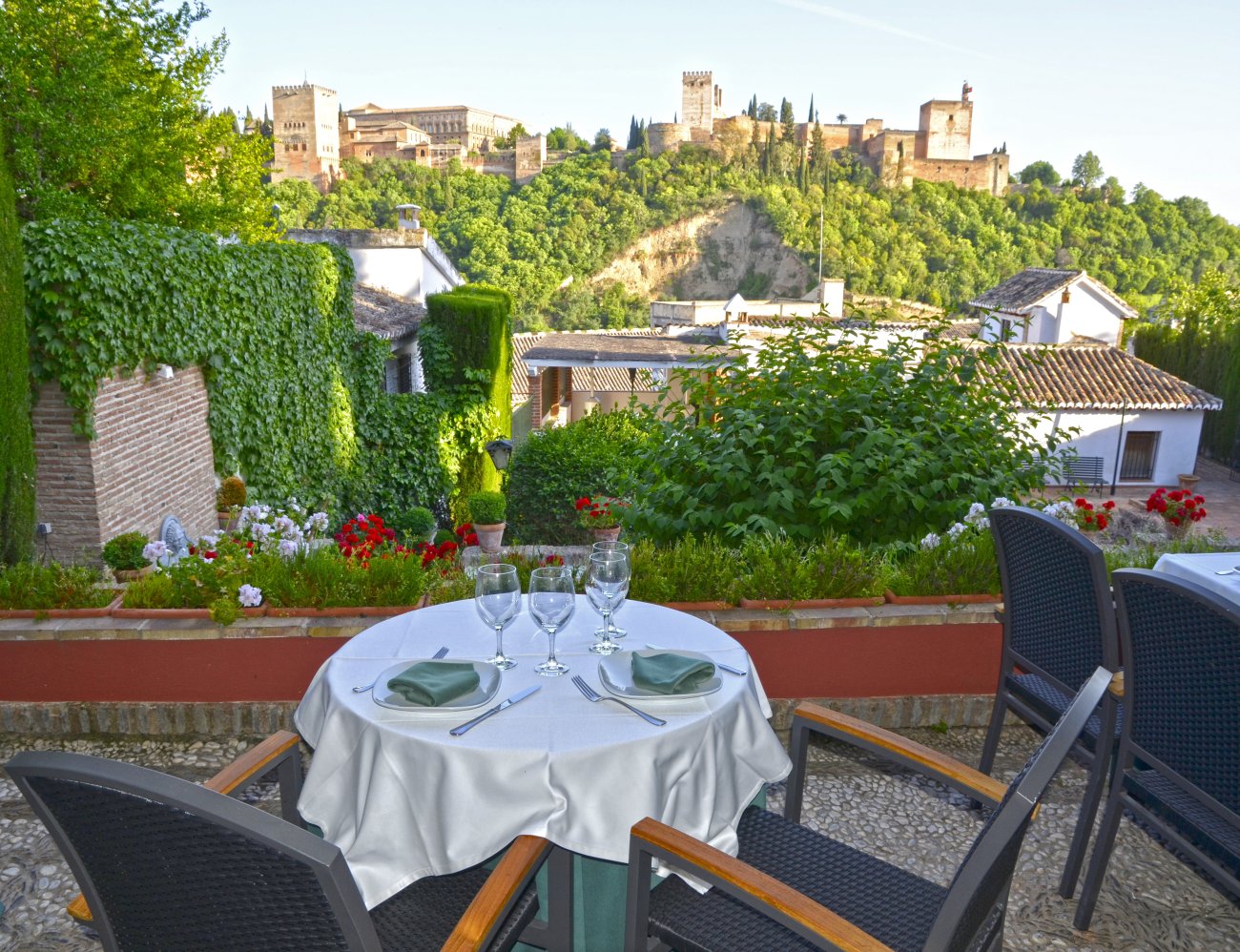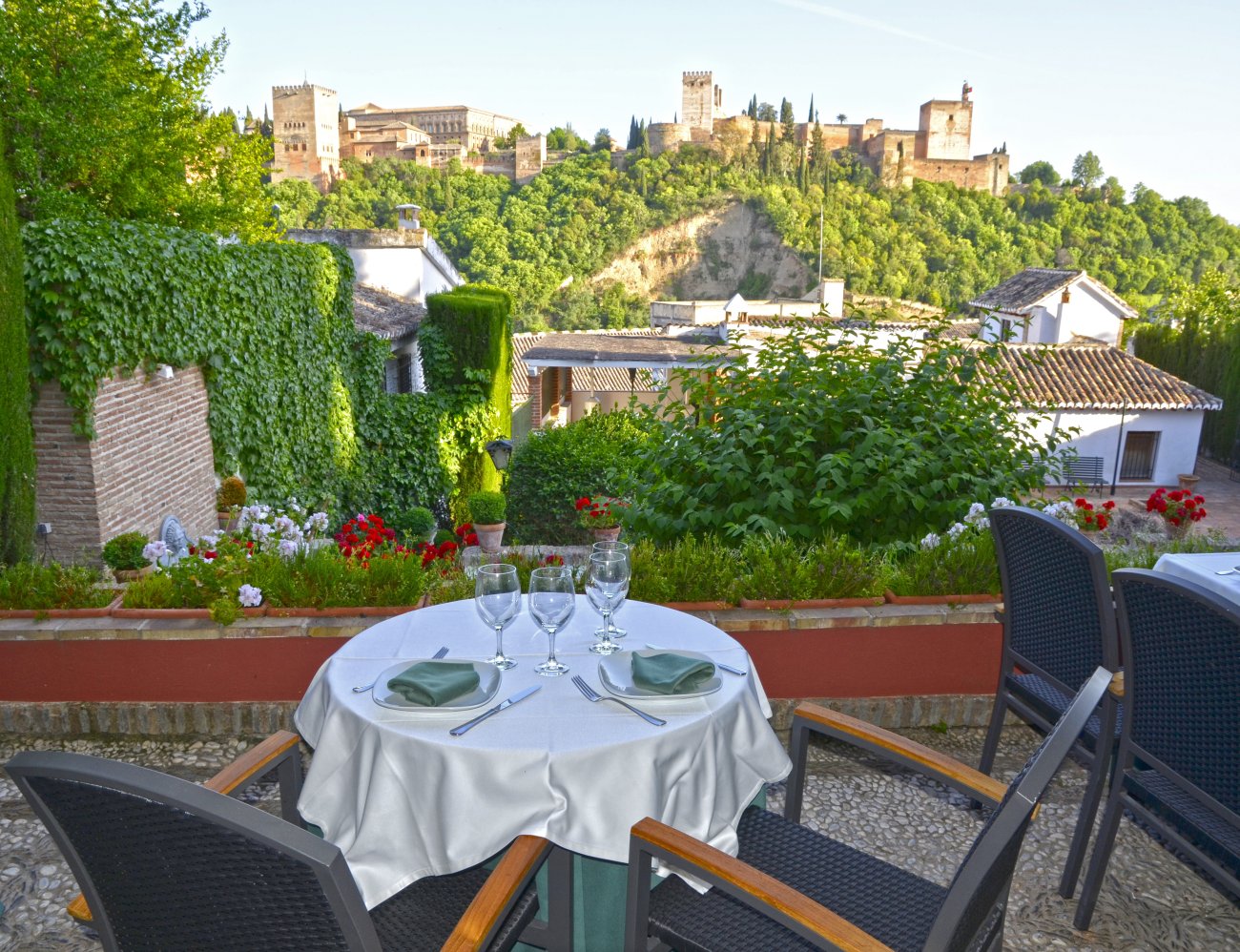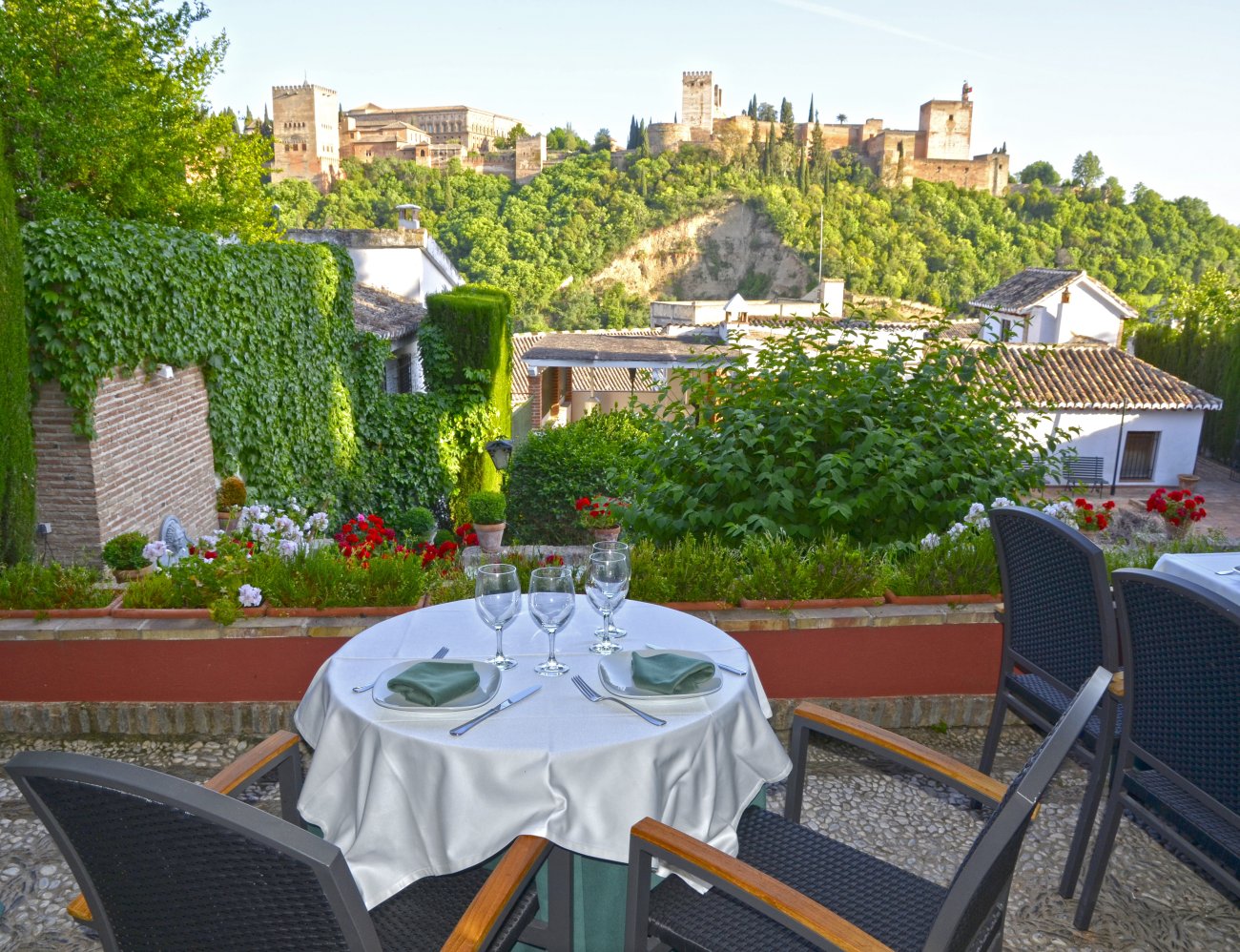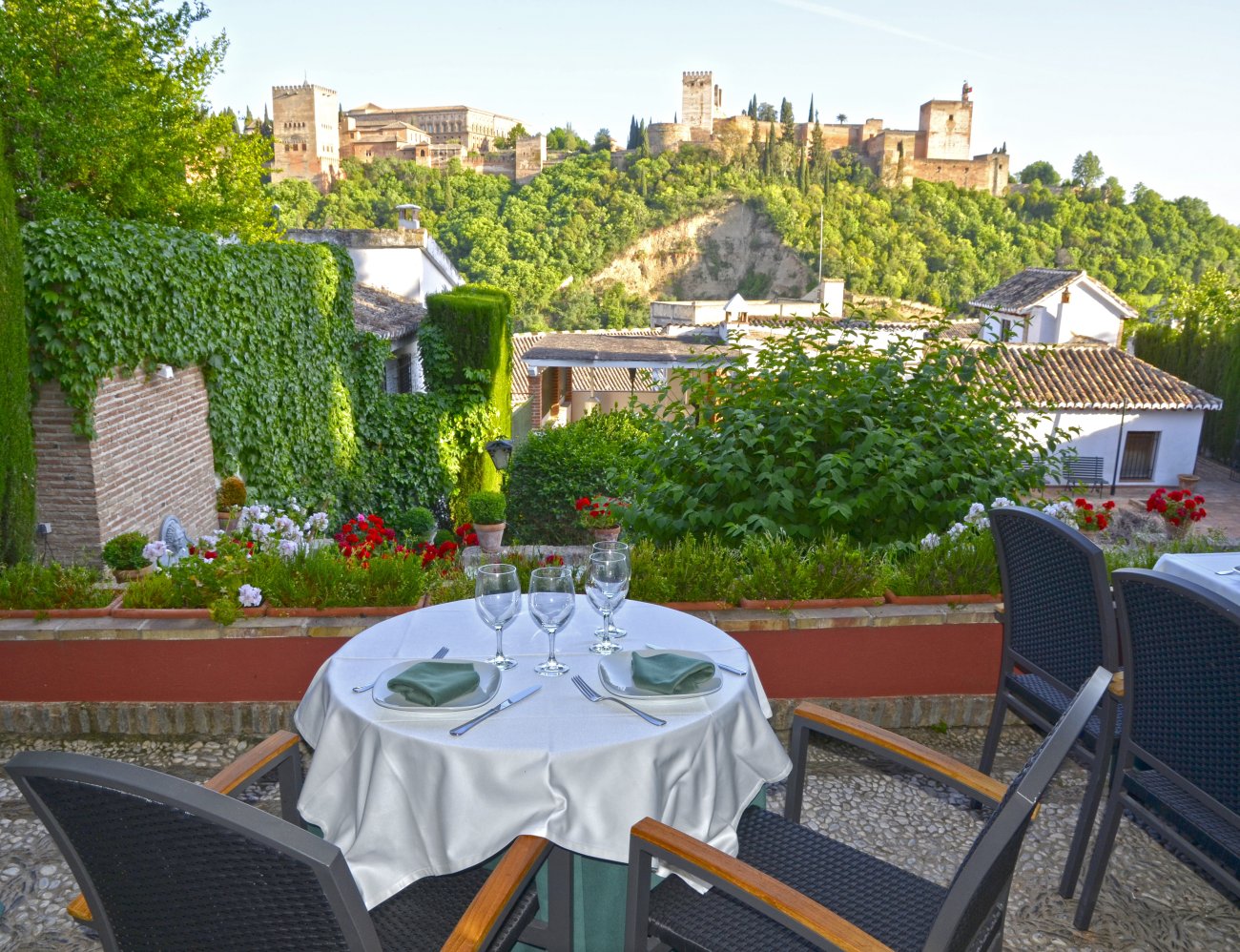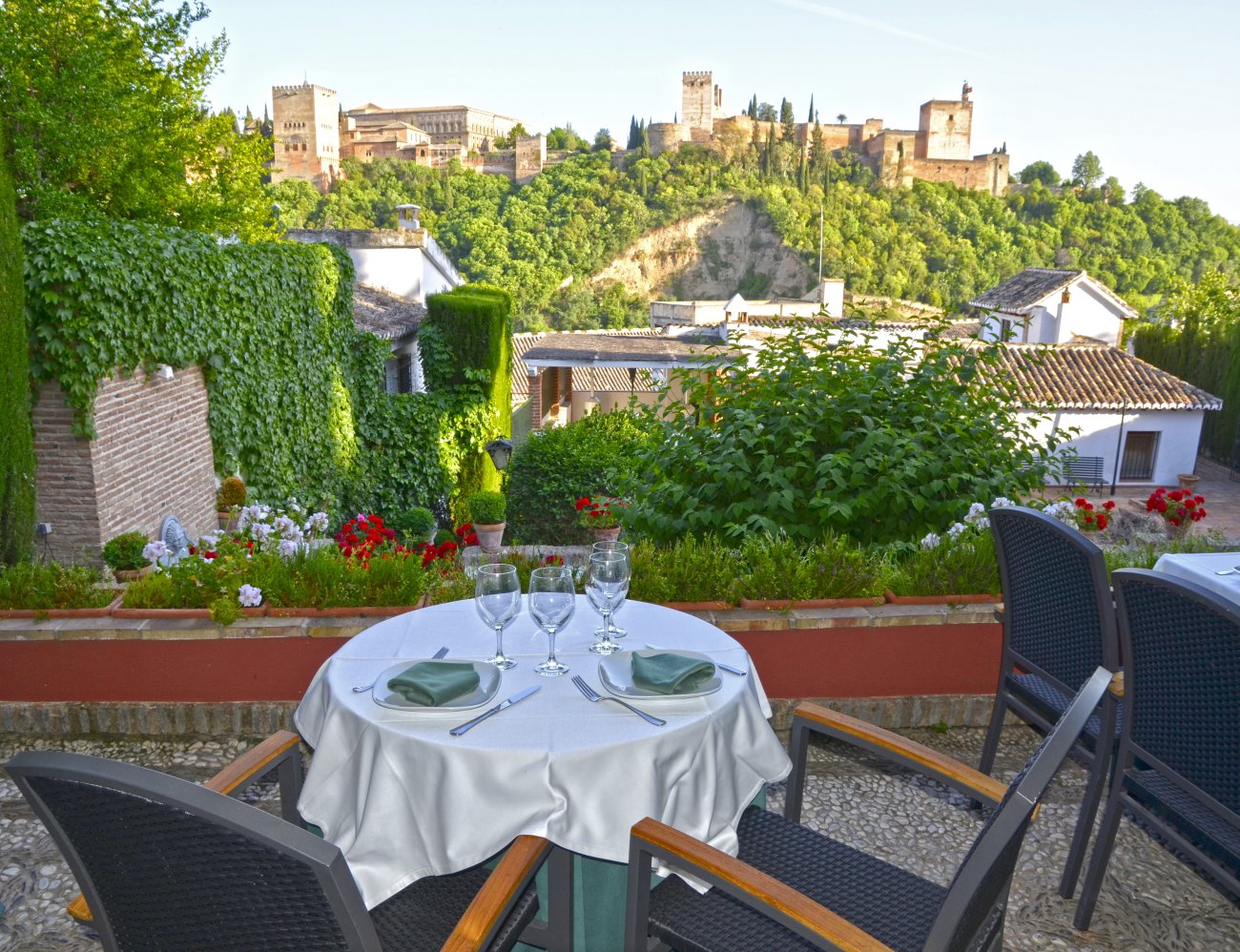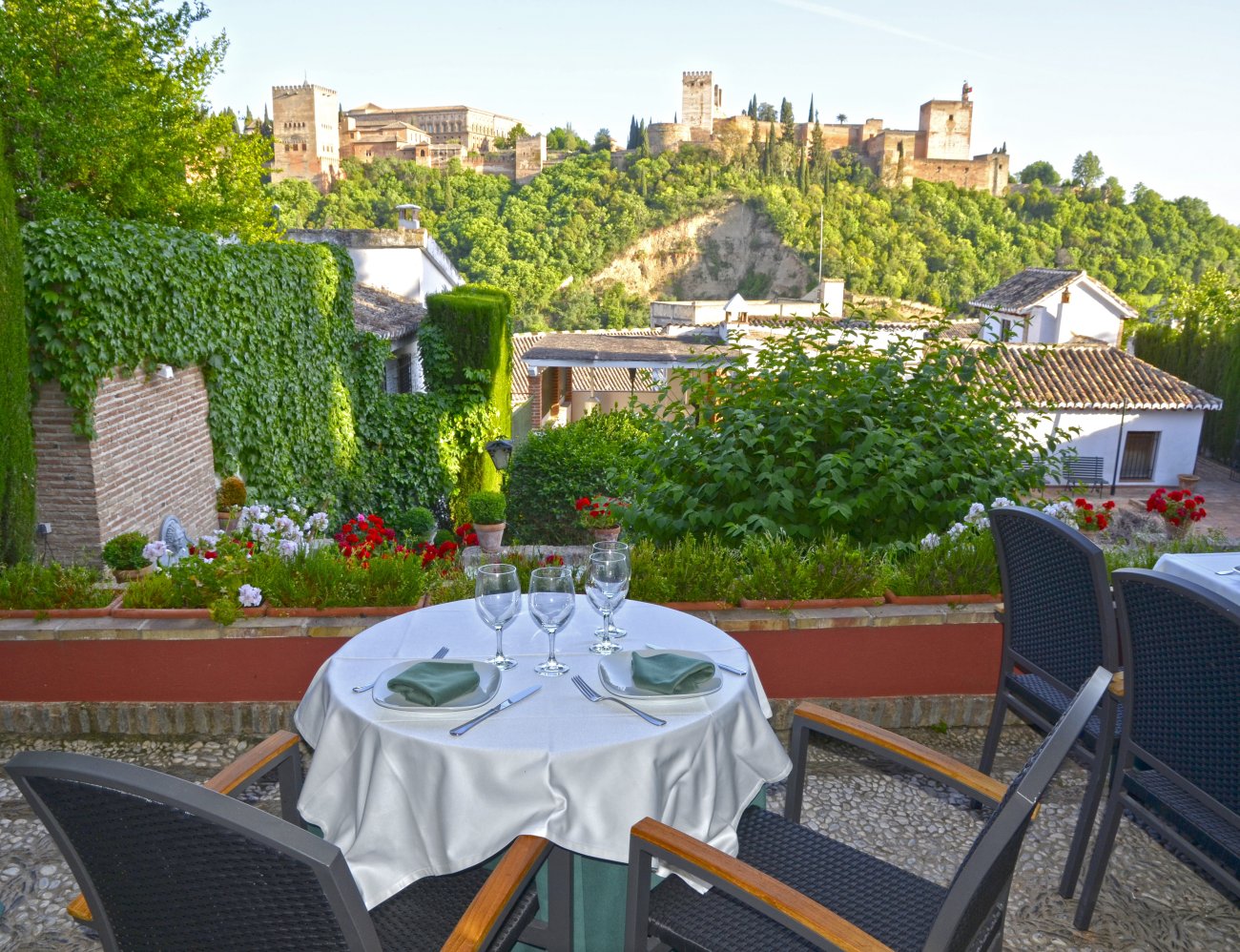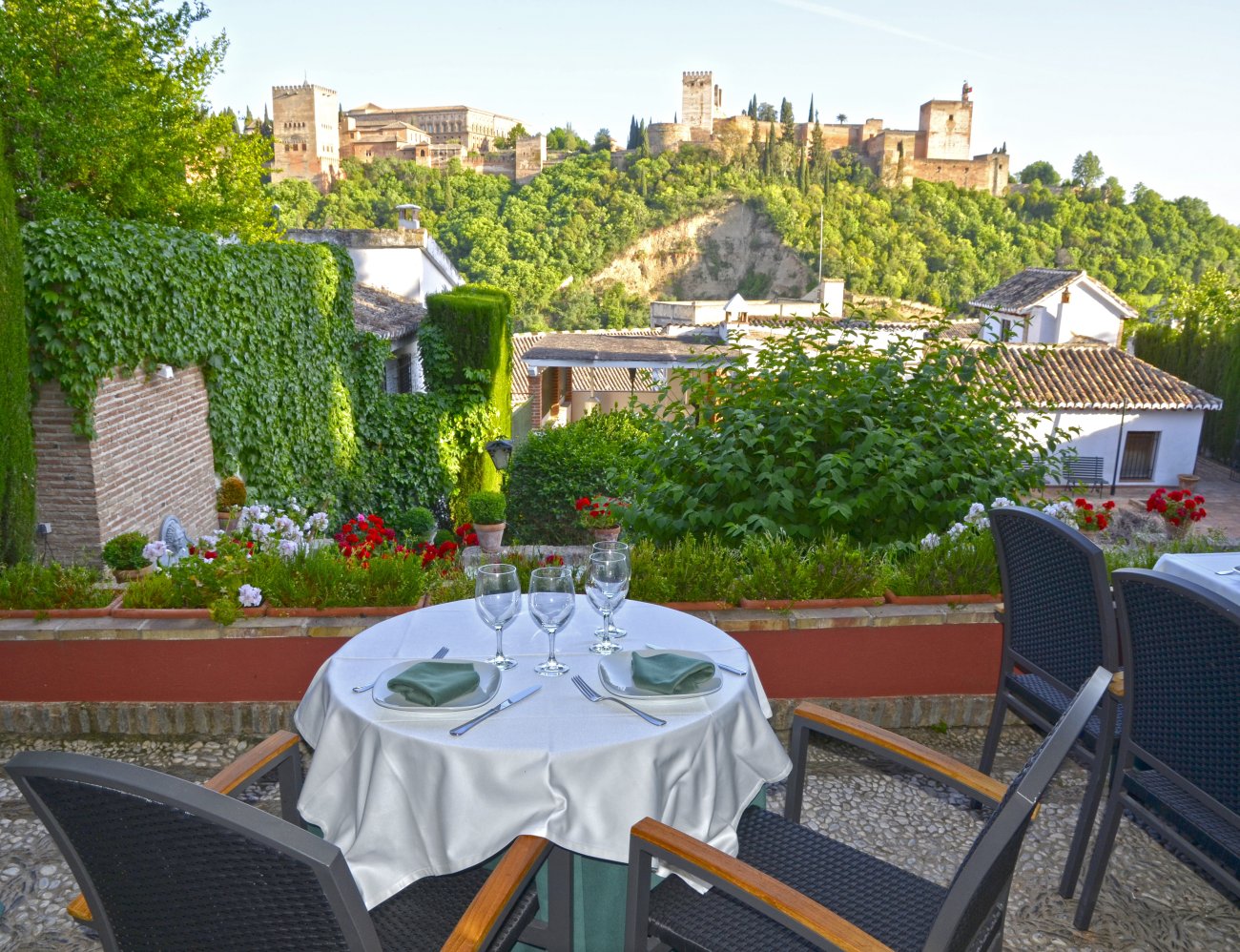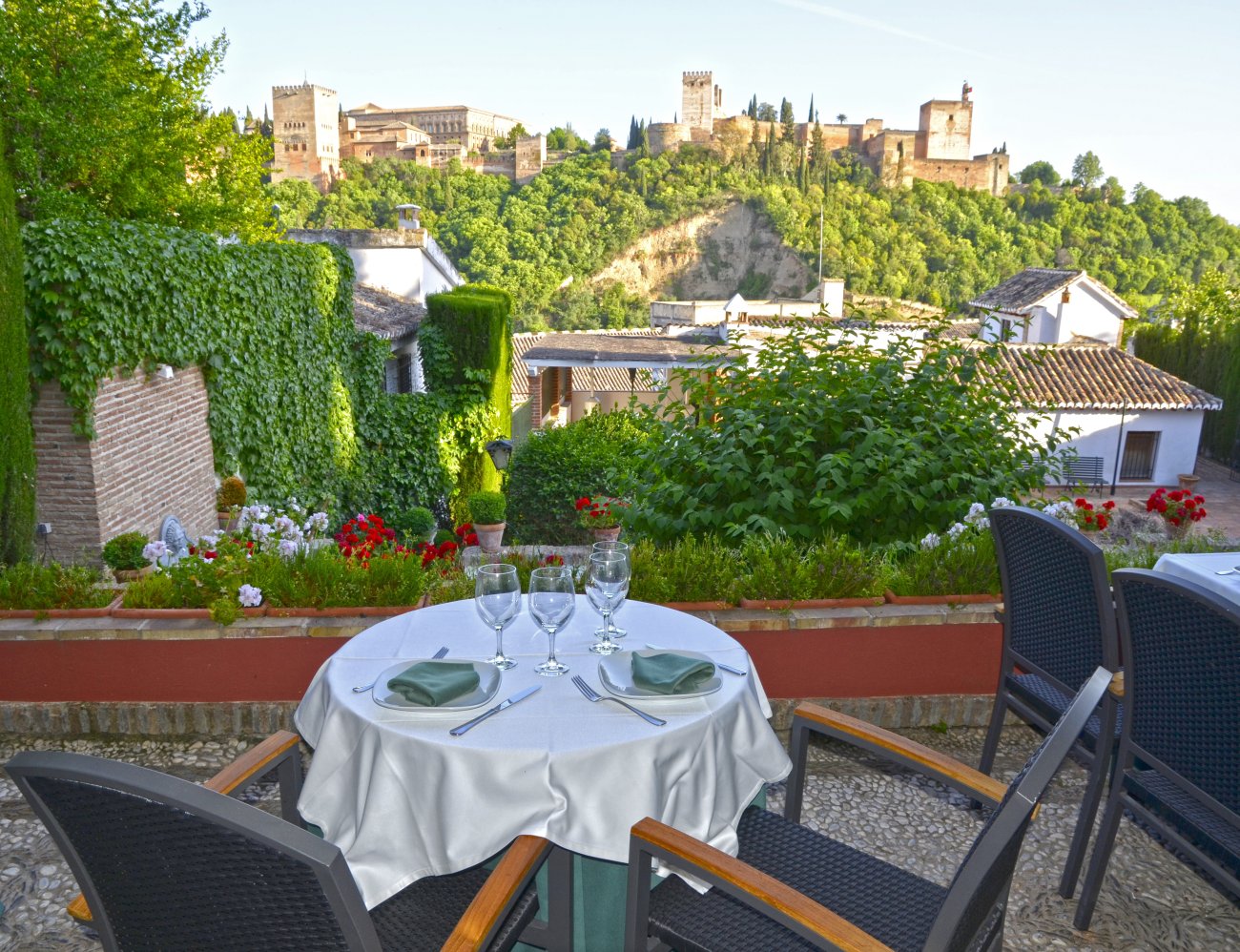Discover Where the Catholic Monarchs Are Buried: A Journey into the History of Spain
The final resting place of the Catholic Monarchs, Isabel I of Castile and Fernando II of Aragon, is a topic that sparks great interest, especially among history enthusiasts and curious tourists. Isabel and Fernando were two of the most influential and decisive monarchs in the history of Spain, whose policies of unification and expansion marked a turning point in Iberian and world history. But where are the Catholic Monarchs buried? To find out, one must travel to the heart of the city of Granada.
Granada, known for its rich cultural and historical heritage, is the place that houses the remains of these historical icons. The magnitude of their reign and their impactful legacy make their tomb a site of pilgrimage and admiration. The city of Granada not only offers a journey into the past through its streets and monuments but is also the eternal resting place of these kings whose influence remains vibrant to this day.
The Royal Chapel of Granada
The Royal Chapel of Granada is where the bodies of the Catholic Monarchs rest, and it is one of the most impressive places you can visit in the city. Located next to the Cathedral of Granada, this chapel is an example of Gothic architecture at its peak and was built specifically for this purpose. The construction of the Royal Chapel began in 1504 and was completed in 1521, fulfilling the wishes of the monarchs to be buried in the city that represented the culmination of their conquest.
The Mausoleum
The spectacular mausoleum is the work of the Italian sculptor Domenico Fancelli and was completed in 1517. The funerary monuments of Isabel and Fernando are made of Carrara marble and are adorned with finely carved details that glorify the majesty of the monarchs. The sculptures depict the Catholic Monarchs with a peaceful expression, symbolizing the eternal peace they sought after their tumultuous lives. At the foot of the tombs are the coats of arms of Aragon and Castile, representing the unification of both kingdoms.
The Historical Legacy They Hold
Visiting the Royal Chapel is like opening a living book of history. It is not only the tomb of the Catholic Monarchs but also houses the remains of their daughter Juana la Loca and her husband Felipe el Hermoso, as well as those of the infant Miguel de la Paz. This makes the chapel a place rich in history and family ties that shaped the Habsburg dynasty in Spain.
Personal Items and Religious Art
Inside the Royal Chapel, there is a small museum that features personal items of the monarchs, including a crown and a scepter, as well as pieces of religious art that illustrate the piety and devotion of the royal couple. Additionally, visitors can admire tapestries, paintings, and relics that reflect both the greatness and humanity of these kings.
The Cathedral of Granada
Just a few steps from the Royal Chapel is the Cathedral of Granada, one of the largest and most beautiful examples of Spanish Renaissance architecture. Although it is not the resting place of the Catholic Monarchs, its proximity and majestic design make a visit to the chapel incomplete without a tour of the cathedral. Begun in 1523 by order of Carlos V, son of Juana la Loca and Felipe el Hermoso, the cathedral showcases the artistic and religious fervor of the era.
Imposing Architecture
The cathedral features an impressive Baroque façade and a bright, spacious interior that takes your breath away. The altars, chapels, and stained glass windows tell the story of sacred art and the evolution of architectural style in Spain. Additionally, the main altar, created by Diego de Siloé, is an unparalleled masterpiece of art.
The Historical Context of the Royal Chapel
To better understand the significance of the Royal Chapel, it is essential to grasp the historical context in which it was built. The Catholic Monarchs are remembered not only for their conquests but also for their pivotal role in shaping the modern world. With the surrender of Granada in 1492, they completed the Reconquista and laid the foundation for the unity of Spain.
The Reconquista and the End of Muslim Rule
The Reconquista was a long and complex process that lasted over 700 years. With the conquest of Granada, the Catholic Monarchs ended Muslim rule on the Iberian Peninsula, marking a new era for Spain. This victory also enabled them to finance expeditions such as that of Christopher Columbus, leading to the colonization of the New World and the expansion of the Spanish Empire.
Visiting the Royal Chapel
If you decide to visit the Royal Chapel, I recommend setting aside enough time to absorb the history and magnificence of the place. Opening hours may vary, so it’s wise to check in advance. Additionally, tickets can be purchased on-site or sometimes online, and guided tours are available that will enrich your experience.
What to Bring and When to Go
• Comfortable shoes: The visit involves walking and standing, so make sure to wear appropriate footwear.
• Camera: While photography is not allowed in some areas, it is permitted in others. A good set of photos will be a great reminder of your visit.
• Appropriate clothing: As it is a place of worship, it is recommended to dress respectfully.
• Time of year: Autumn and spring are the best seasons to visit Granada, as the weather is more pleasant and there are fewer tourists than in summer.
